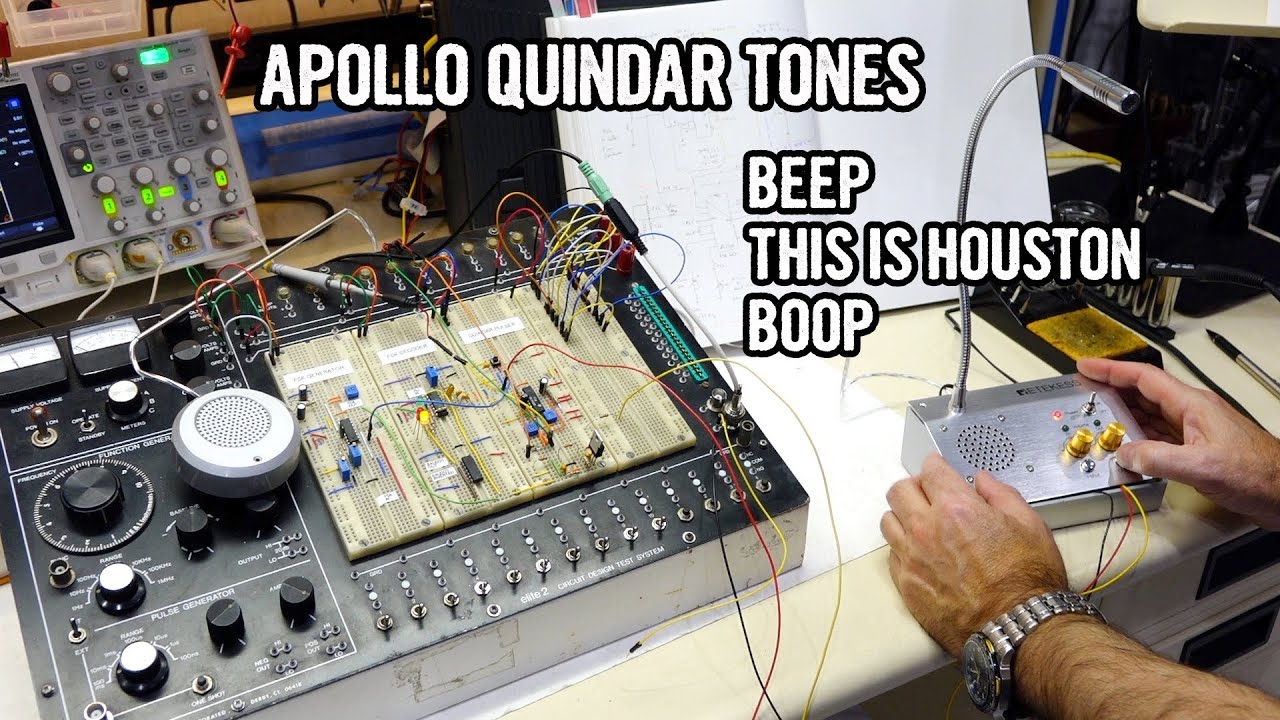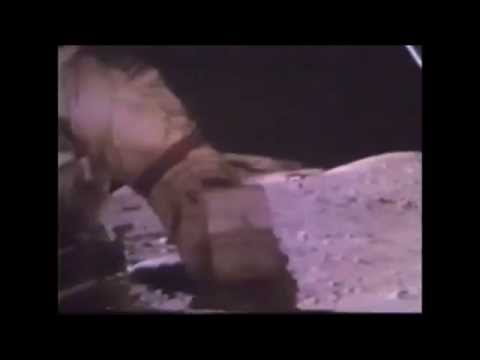If you’ve heard recordings of the voice communications during the Apollo program, you may have noticed the beeps at the start and end of transmissions from Earth (but not on those from space).
These were called “Quindar tones” after the name of the company that manufactured the equipment that generated and used them to control the Earth-based transmitter that relayed voice to the spacecraft. When the capsule communicator (CapCom) in mission control pressed the “push-to-talk” button, a 250 millisecond sine wave tone at 2525 hertz was emitted, and when he released the button, a 2475 hertz tone of the same length was sent. These were relayed, along with the audio, to the Deep Space Network ground station in contact with the spacecraft at the time and used to turn on the transmitter at the start of the voice message and off at the end. Sending these control signals as audio avoided NASA’s having to lease an additional communication line to control the transmitter which, in the days of Ma Bell’s monopoly, would have been very expensive even for NASA.
Although designed to control the transmitting equipment, astronauts found the Quindar tones useful to alert them to “listen up” when a message from Earth was incoming and tell them when the transmission was complete. The latter was particularly useful when operating far from the Earth where the speed of light delay could be more than a second from Earth to the vicinity of the Moon, as it told them when the CapCom was done speaking and they could respond without “stepping on” an in-progress transmission.
In the Space Shuttle era, the same system was used for transmissions on the half-duplex UHF voice channel used in early missions. Later, when digital space to ground communication was implemented, the tones were no longer required to control transmitters, but astronauts found them useful and they were retained as a cue for the crew.
Quindar tones continue to be used in communications with SpaceX Crew Dragon flights.

